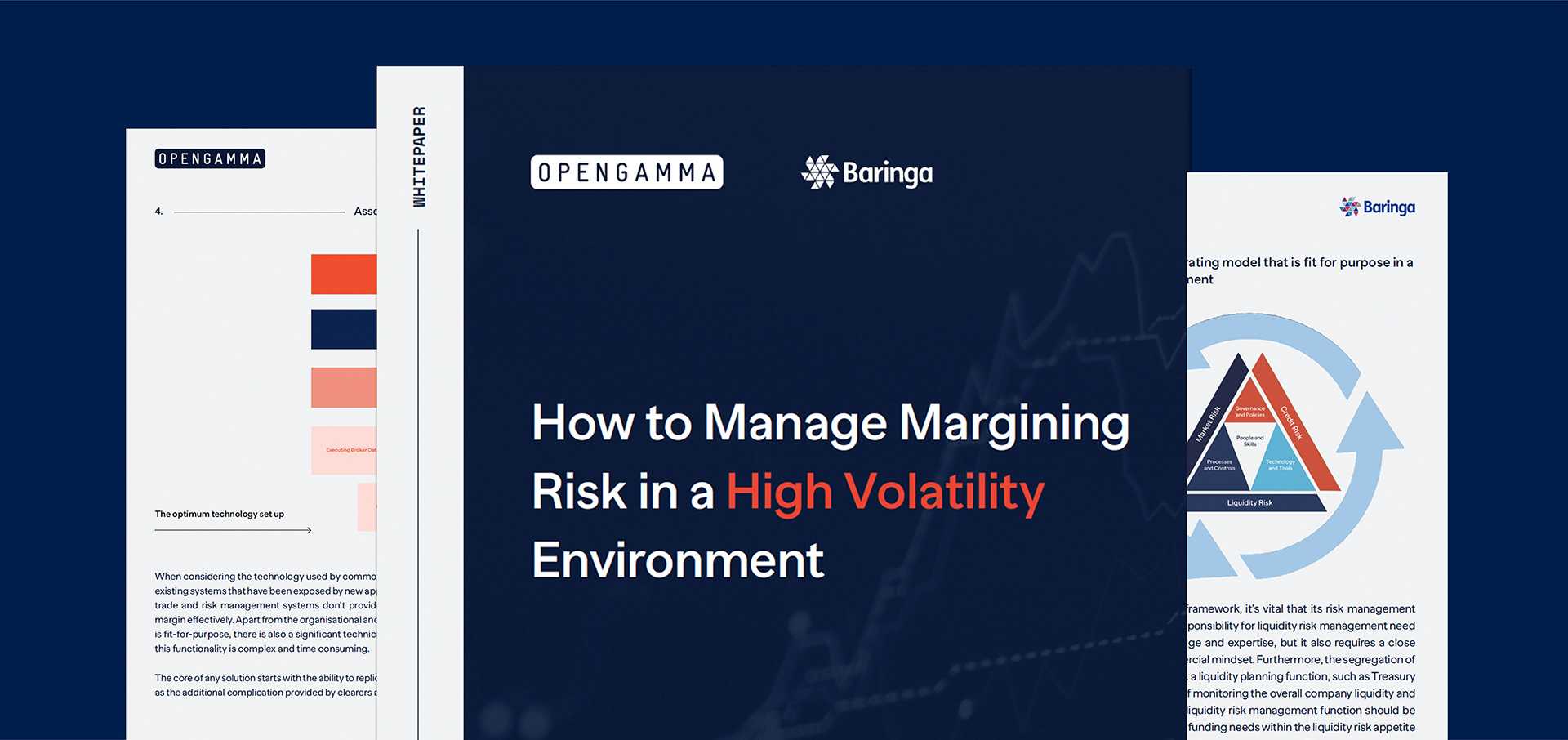What Is Cross Margin?
Cross Margin or X-Margin is the calculation of Initial Margin for a portfolio of related products across multiple markets. The Margin calculation takes into account offsets between contracts leading to a reduction in the overall margin requirement.
How Does Cross Margining Work?
To calculate Cross Margin Requirements, eligible positions from the different markets are combined into a single position. This combined position is then passed to an Initial Margin Calculator that is able to calculate a reduced level of Margin Requirements based on offsets between contracts.
Cross Margin Example
The link between CME and FICC is a typical Cross Margin Example. CME participants can select positions in Bond derivatives that they wish to be included within the Cross Margin calculation. Each CCP then independently calculates margin on the combined portfolio of FICC Treasuries and CME futures. They then both apply a percentage saving to their standard Initial Margin calculation based on the most conservative of their Cross Margin calculations.
Cross Margin arrangements also exist within a CCP between Exchange Traded Derivatives (ETD) and OTC Cleared (OTCC) positions. These Cross Margin savings are often between Fixed Income futures and options with OTCC Interest Rate swaps.
Cross Margin Vs Isolated Margin
Isolated Margin is standard Initial Margin based on the position held at a single CCP or for a single market within a CCP, whereas Cross Margin considers offsets with positions held at different CCPs or on different product types. When looking at Cross Margin vs Isolated Margin, the advantage of Cross Margin is that it results in lower Initial Margin Requirements. However, it may add complexity to other areas of the margining process, such as account set up and margin methodology, compared with Isolated Margin.
Learn More About Margin
Discover more of our content around margin by clicking one of the links below. Additionally, learn other definitions of key margin terminology with our A-Z Margin Terminology page. Lastly, learn more about OpenGamma by watching our demo and taking a look at our product and solutions pages.



